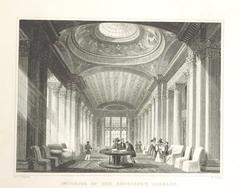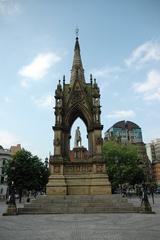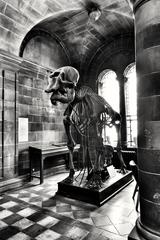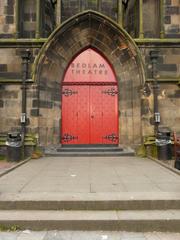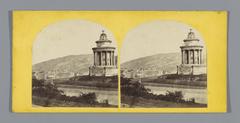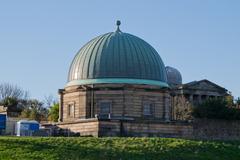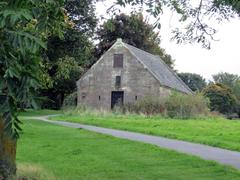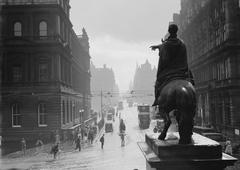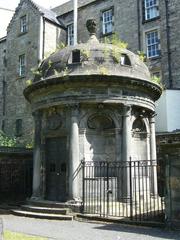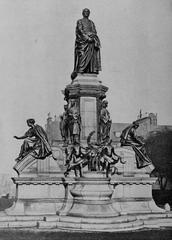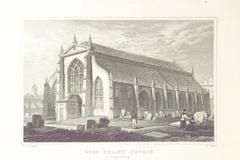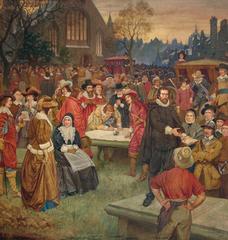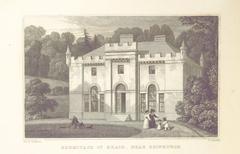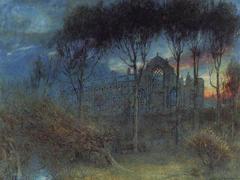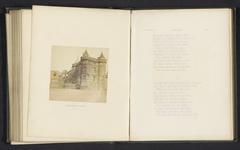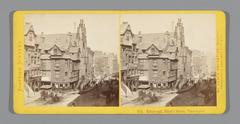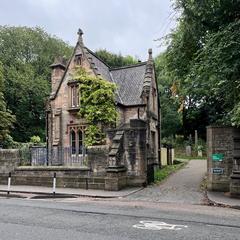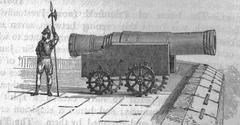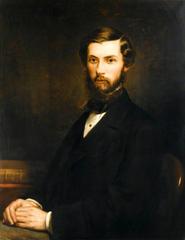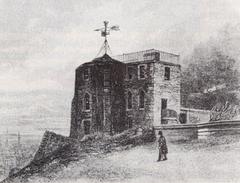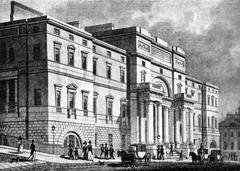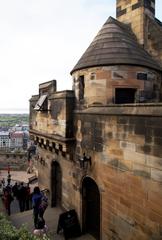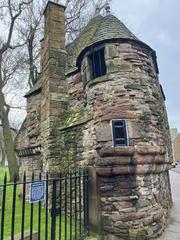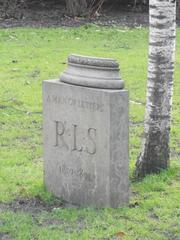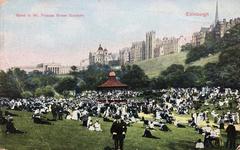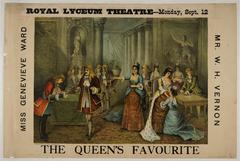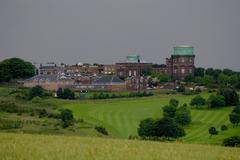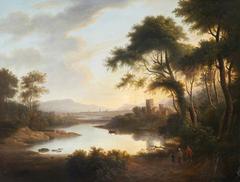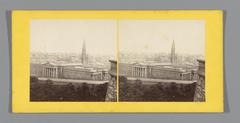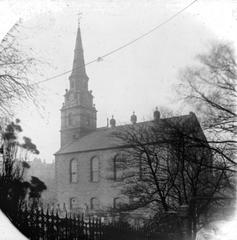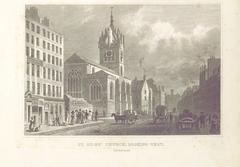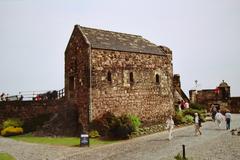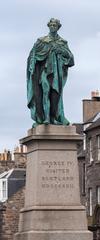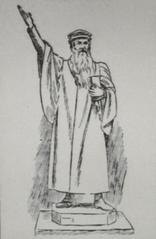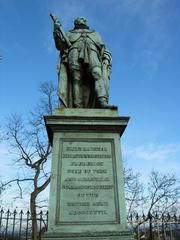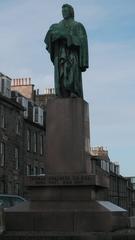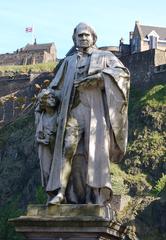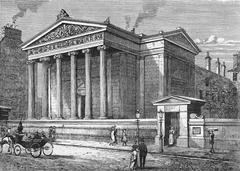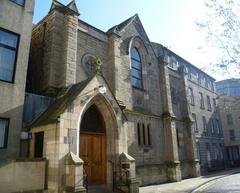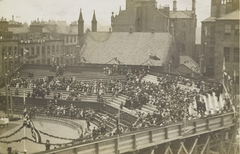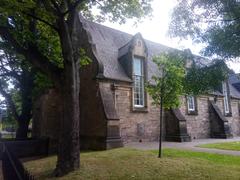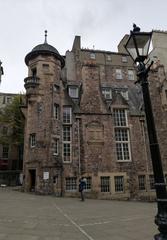Comprehensive Guide to Visiting Dugald Stewart Monument, Edinburgh, United Kingdom
Date: 22/07/2024
Introduction
The Dugald Stewart Monument, perched gracefully on Calton Hill in Edinburgh, Scotland, is an enduring testament to one of Scotland’s most influential philosophers, Dugald Stewart. This neoclassical structure, designed by the celebrated architect William Henry Playfair and completed in 1831, draws inspiration from the Choragic Monument of Lysicrates in Athens, reflecting the classical elegance that characterizes Edinburgh’s architectural heritage (Historic Environment Scotland). Stewart, a towering figure of the Scottish Enlightenment, made significant contributions to moral philosophy and the development of modern psychology. His influence extended well beyond his lifetime, making the monument a vital cultural and educational landmark (Encyclopaedia Britannica). Today, the Dugald Stewart Monument not only commemorates his intellectual legacy but also offers breathtaking panoramic views of Edinburgh, attracting history enthusiasts, photography aficionados, and curious travelers alike. This guide aims to provide comprehensive information on the monument’s history, architectural significance, visitor tips, and nearby attractions, ensuring a rich and memorable experience for all who visit.
Table of Contents
- Introduction
- Origins and Inspiration
- Architectural Design and Construction
- Significance in Edinburgh’s Landscape
- Visitor Experience
- Conclusion
- FAQ
Origins and Inspiration
The Dugald Stewart Monument, located on Calton Hill in Edinburgh, Scotland, is a prominent neoclassical structure dedicated to the Scottish philosopher Dugald Stewart. The monument was designed by the renowned architect William Henry Playfair and completed in 1831. Playfair drew inspiration from the Choragic Monument of Lysicrates in Athens, Greece, which is evident in the monument’s classical design and elegant proportions (Historic Environment Scotland).
Dugald Stewart - The Philosopher
Dugald Stewart (1753-1828) was a significant figure in the Scottish Enlightenment, a period marked by intellectual and scientific accomplishments. Stewart was a professor of moral philosophy at the University of Edinburgh, where he influenced many students who later became prominent figures in various fields. His works, including “Elements of the Philosophy of the Human Mind,” contributed to the development of modern philosophy and psychology (Encyclopaedia Britannica).
Architectural Design and Construction
The monument’s design features a circular temple with a domed roof supported by Corinthian columns. The structure stands on a high pedestal, giving it a commanding presence on Calton Hill. The use of classical elements, such as the Corinthian order and the domed roof, reflects the neoclassical style that was popular in the early 19th century. The construction of the monument was funded by public subscription, a testament to Stewart’s influence and the high regard in which he was held by his contemporaries (Edinburgh World Heritage).
Significance in Edinburgh’s Landscape
The Dugald Stewart Monument is part of a collection of neoclassical structures on Calton Hill, which includes the National Monument, the Nelson Monument, and the City Observatory. These monuments collectively contribute to Edinburgh’s reputation as the “Athens of the North,” a nickname that highlights the city’s architectural and intellectual heritage. The monument’s location on Calton Hill offers panoramic views of Edinburgh, making it a popular spot for both tourists and locals (Visit Scotland).
Cultural and Educational Impact
The monument not only serves as a tribute to Dugald Stewart but also as an educational tool that highlights the contributions of the Scottish Enlightenment to modern thought. It is frequently visited by students, historians, and tourists interested in learning about the period’s intellectual achievements. The monument’s presence on Calton Hill also enhances the cultural landscape of Edinburgh, providing a tangible connection to the city’s rich history (Edinburgh World Heritage).
Visitor Experience
Visitors to the Dugald Stewart Monument can enjoy a range of activities, from guided tours that delve into the history and significance of the monument to leisurely walks around Calton Hill. The site is accessible year-round, and its elevated position offers stunning views of Edinburgh’s skyline, including landmarks such as Edinburgh Castle and Arthur’s Seat. Information plaques and guided tours provide context and background, enriching the visitor experience (Visit Scotland).
Visiting Hours and Tickets
The Dugald Stewart Monument is open to visitors 24 hours a day, seven days a week. There is no admission fee to visit the monument, making it an accessible attraction for all. However, some guided tours of Calton Hill may have associated costs, and it’s advisable to check the latest information on tour availability and pricing (Visit Scotland).
Travel Tips and Nearby Attractions
- Getting There: The Dugald Stewart Monument is easily accessible by foot from Edinburgh’s city center. Public transportation options, such as buses and trams, also serve the area.
- Nearby Attractions: While you’re on Calton Hill, don’t miss other notable landmarks such as the National Monument, Nelson Monument, and the City Observatory. Arthur’s Seat and Holyrood Palace are also within walking distance.
- Photography Spots: Calton Hill offers some of the best panoramic views of Edinburgh, making it a prime spot for photography. Early morning or late afternoon light provides the best conditions for capturing stunning images.
Conclusion
The Dugald Stewart Monument stands as a testament to the enduring legacy of one of Scotland’s most influential philosophers. Its neoclassical design, historical significance, and prominent location on Calton Hill make it a must-visit destination for anyone interested in Edinburgh’s rich cultural and intellectual heritage. Through ongoing preservation efforts, the monument continues to inspire and educate future generations about the contributions of the Scottish Enlightenment. For more information on visiting hours, tickets, and guided tours, be sure to visit the official Historic Environment Scotland website.
FAQ
- What are the opening hours of the Dugald Stewart Monument? The monument is open 24/7.
- How much do tickets cost for the Dugald Stewart Monument? There is no admission fee to visit the monument.
- Are guided tours available? Yes, guided tours of Calton Hill, including the Dugald Stewart Monument, are available. Check the latest information for tour availability and pricing.
- What are the best times for photography? Early morning or late afternoon light offers the best conditions for photography.
References
- Historic Environment Scotland. ‘Dugald Stewart Monument.’ Available at Historic Environment Scotland.
- Encyclopaedia Britannica. ‘Dugald Stewart.’ Available at Encyclopaedia Britannica.
- Edinburgh World Heritage. ‘Dugald Stewart Monument.’ Available at Edinburgh World Heritage.
- Visit Scotland. ‘Dugald Stewart Monument.’ Available at Visit Scotland.

